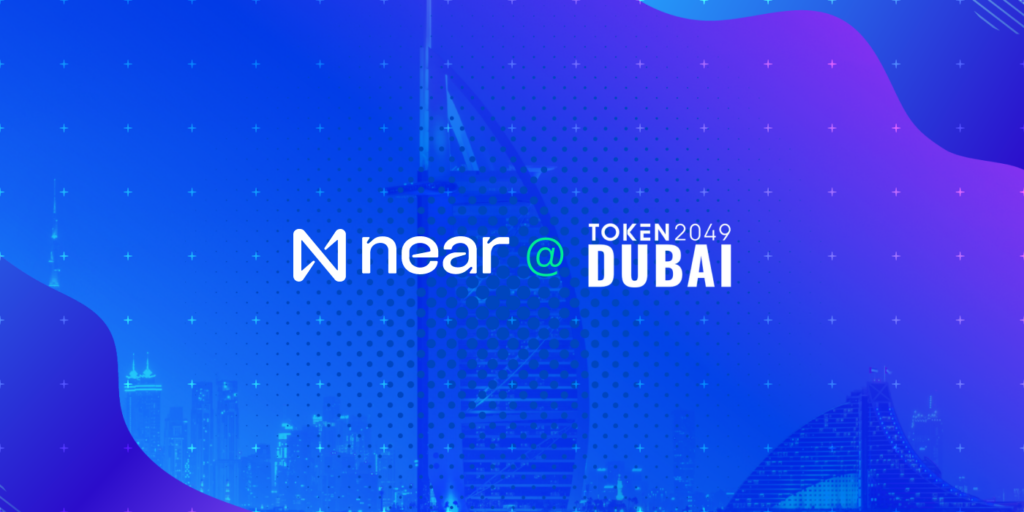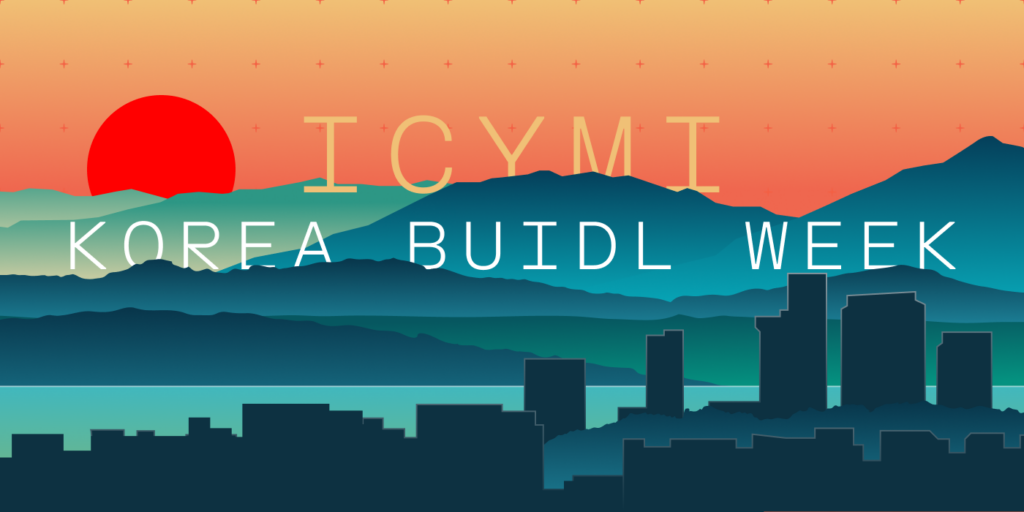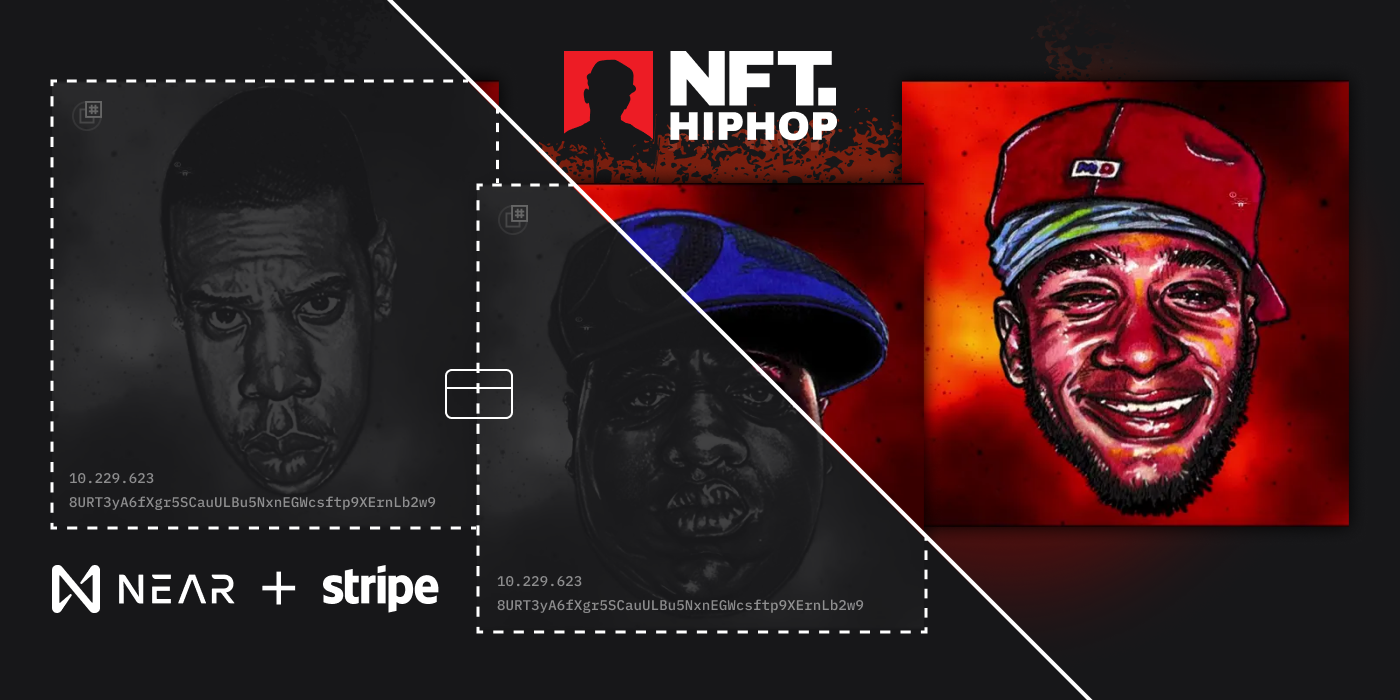Inside the Tech: NFT.HipHop Marketplace
The NFT.HipHop marketplace auction of the Hip Hop Heads collection began on Juneteenth and will run for 37 days, until July 25. A celebration of the history of hip hop and its most iconic artists, the pop-up marketplace also highlights some engineering innovations that highlight the advanced NFT developer and user experience on NEAR. NFT.HipHop incorporates seamless NEAR account creation, the ability to purchase NFTs with a credit card, customizable royalty splits that follow NFTs across marketplaces, and the debut of NFTs displaying in the NEAR wallet.
Inside the User Experience
The NFT.HipHop auction marks a radical change in the way that NFT marketplaces can be executed. The user onboarding flow makes the process universally accessible and as familiar as any Web2 purchasing experience. With this new creative approach, end users with no existing crypto knowledge can easily purchase NFTs without the hurdles of onboarding to an exchange, purchasing cryptocurrency, or choosing and connecting a wallet. Thanks to the app’s wallet faucet and NEAR’s human-readable account naming system, all a user has to do is choose a NEAR name and the application handles the rest.
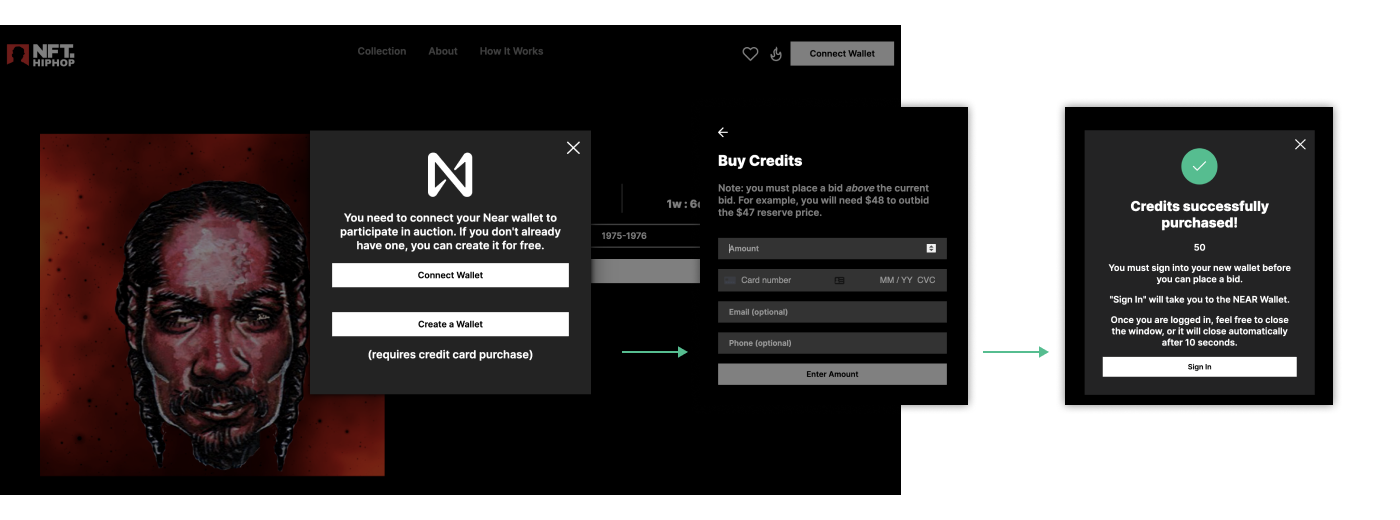
Marketplace credits for placing NFT bids can be purchased with a credit card. There is no complex, multi-step process of purchasing crypto through an exchange and paying high transaction fees as would be required with other NFT marketplaces today. Using crypto can be a confusing process for a novice, but by employing this progressive onboarding flow, the barrier to entry for crypto has been all but eliminated. The goal is to make NFTs accessible to all kinds of hip hop fans, not just crypto-native fans.
Inside the App
At its core, the NFT.HipHop marketplace is a standard React application with state management. dApp developers retrieve on-chain state using the NEAR API Helper, which interacts with the NEAR blockchain via CloudFlare. This tool allows caching heavy queries when the user lands on the page, as there are 103 portraits in the Hip Hop Heads collection and 37 available editions of each Head. As the user explores the marketplace, they’re only viewing one basic type of NFT. The canonical tokens, or “gem tokens,” are stored, and individual edition bids and sales are visible to the user within each gem. When clicking on an individual token, one sees which editions are for sale and the bidding history is pulled from the marketplace contract.
When the user is ready to bid on an NFT, a React component handles the flow of creating a NEAR account; if you already have a NEAR Wallet, you go straight to buying credits. Then the user gets a prompt to add “credits” to their account using Stripe. This happens through a custom-built stripe-payment-sandbox, which converts fiat into credits that are actually native fungible tokens usable only on the NFT.HipHop app.
This Stripe payment fiat onramp is accomplished by wrapping the fungible token standard with a custom API to ensure that only transfers to the marketplace or started by the marketplace are possible, in addition to tracking Stripe charges used to mint the tokens. The latter makes it possible to automate refunds when the auction concludes. The standard contract methods are wrapped so that an “assertion” can be added, verifying that transfer requests involve the marketplace. If the assertion fails, the smart contract will “panic,” displaying an alert indicating that “only transfers from the marketplace are allowed.”
Inside NFT Royalties on NEAR
Nearly all of the backend accounting is done transparently on the blockchain and is visible on NEAR Explorer, allowing for transparency paired with a real ability to illustrate the flow of funds. Using the Standard for a Multiple-Recipient-Payout mechanic on NFT Contracts, royalties on NEAR follow the NFTs in perpetuity. This allows for royalty enforcement across different marketplaces and applies to secondary sales. A user could have an NFT in their NEAR wallet and go to a different marketplace on NEAR, such as Paras or Mintbase, for a potential resale. With the royalties embedded in the actual NFT token, they must be respected in order to complete the transfer of that NFT. Completely customizable, royalties can be split between multiple contributors, beneficiaries, and even DAOs. This standard is the first of its kind and a key differentiator for NFT developers, artists, and users alike.
When the 36-day marketplace draws to a close, every auction winner will see their NFT displayed in their NEAR wallet––in fact, all NEAR NFTs from any marketplace are displayed in a collectibles tab in the wallet. Like art hanging on a gallery wall or in your home, the user’s collection is accessible within a few clicks, and not just within an individual marketplace.
Inspired? Start Building!
Supporting documentation and open source repositories for building NFT marketplaces on NEAR are available to all. Any developer can utilize the concepts in this marketplace and model their dApps on this construct or remix different elements as part of a new idea. Head over to NFT.HipHop to see how NEAR’s seamless and easy tech can empower builders to create accessible, delightful user experiences.
Share this:
Join the community:
Follow NEAR:
More posts from our blog
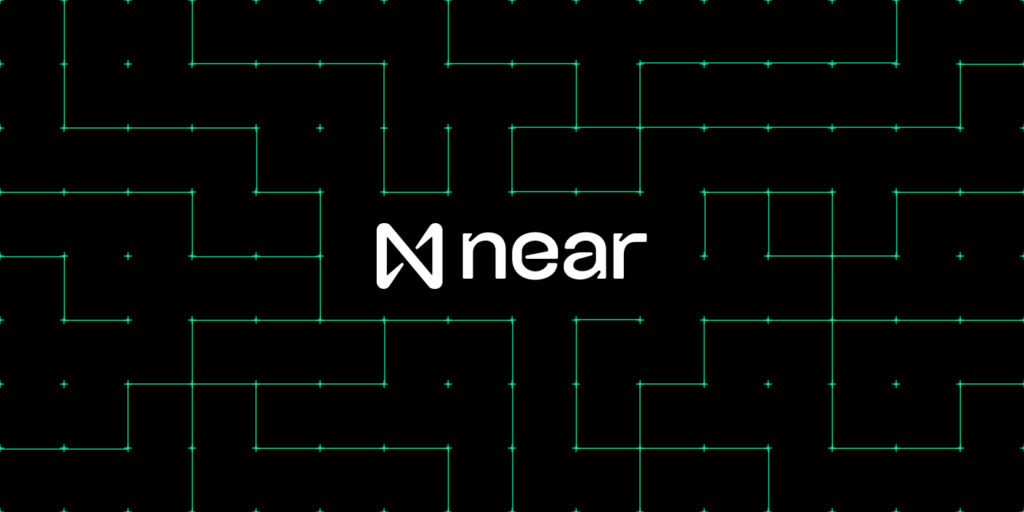
NEAR Launches Infrastructure Committee with $4 Million in Funding
